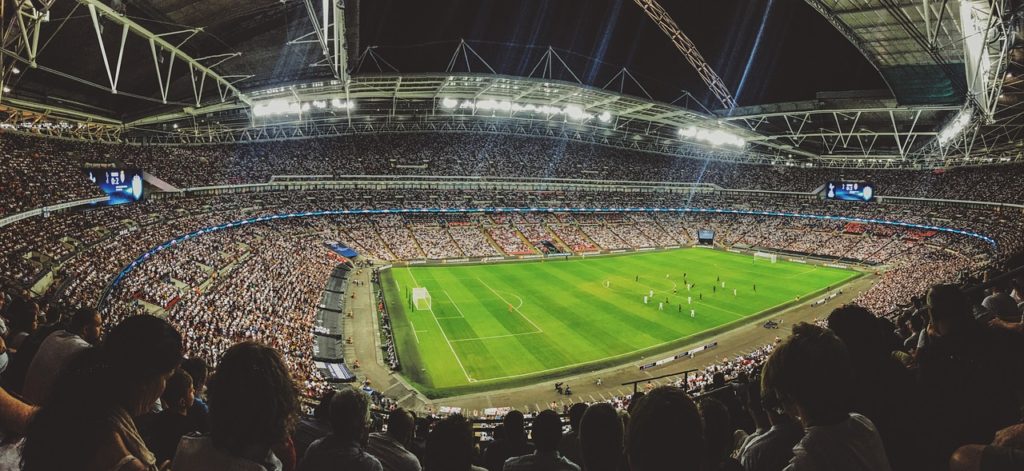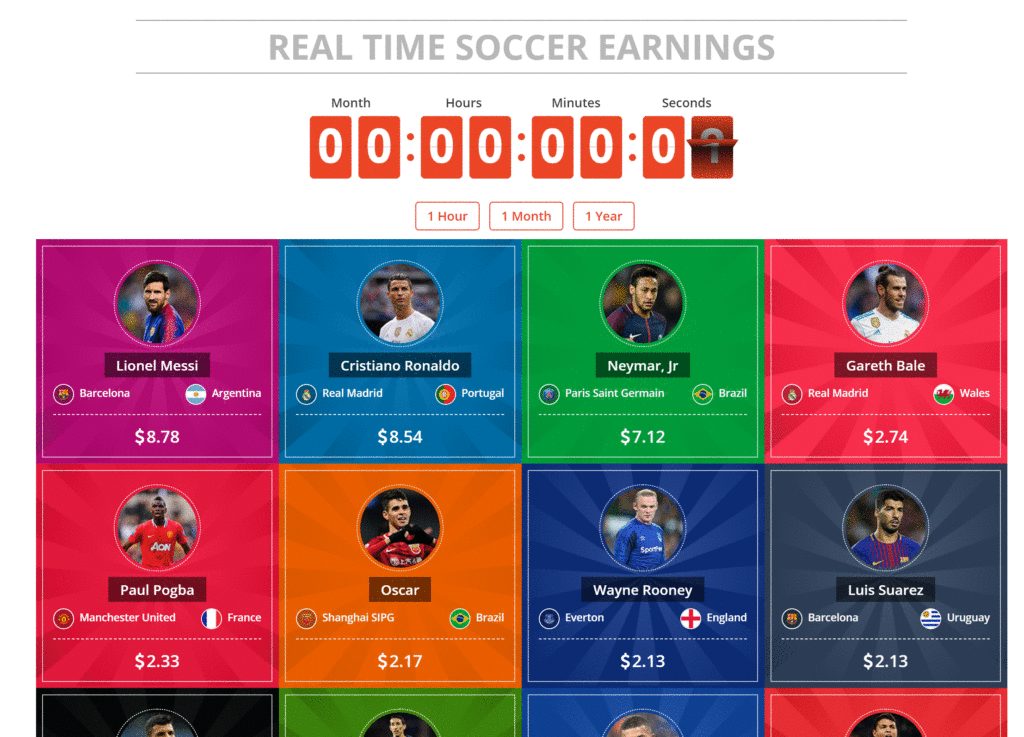For years, the world of soccer has been on a very quick change from what used to be the sport of the working class. When you see even mediocre players at the top walking away with more than double the average annual salary in a week, though, those working class roots feel further away than ever before. Indeed, this is now a multi-billion dollar industry: one of the most lucrative in the world.

You only need to look at who owns football clubs today to see that. Once owned by local businessman and people with a vested interest in that community, today it’s all about TV audiences. Conglomerates and billionaire entrepreneurs buy clubs to massage their ego and to open doors into new industries that would not have been possible without the connection of football.
Those who now own the biggest clubs in the world can use it as a marketing vehicle for their own business, or a business partner. They can use it to expand their own network, helping them to meet influential people through the numerous major events that take place at the biggest football clubs.
The industry is also home to some of the biggest investors from the East. For example, people from China, the United Arab Emirates, Qatar, Japan and various other Asian nations are happy to buy football clubs. Major investors from Iran are becoming more commonplace, too, showing that the game has truly gone global when it comes to ownership.
It’s seen probably at its worst in the Premier League of England. Seen by many as the best league in the world, the ownership structure of English clubs is a tangled, confusing web: you would do well to find many local-born businessman owning some of the 20 richest clubs on the planet.
What about the players?
Of course, for the players, complaining about this would be self-sacrifice. As shown in the real-time soccer earnings infographic from betting-sites, there are players who earn thousands of pounds in a single moment – it’s an incredible change from the days when players would often work down the mines during the week before entertaining the masses on the weekend.
Why would players, really, rail against this system? It would see them cut away from an industry that now regularly hands out £100,000-per-week contracts with relative comfort and ease. Major signings today are easily in the £100m bracket, with players moving for ever-larger sums as the private money helps to fund massive ego trips and signing sessions.

It’s not just in England, though. Even smaller fringe likes such as the Chinese Super League play a major role in the distortion of money within the football world. Players are merely the beneficiaries of it on the pitch, with players now often bought to help unify sponsorship campaigns as much as for what they can do on the field.
Many clubs with immense potential simply cannot grow, even in the multi-billion dollar soccer industry. And the reason why is simple: when those backing their rivals are practically limitless n wealth, it becomes almost impossible to step in and stop their wealth from changing the sport forever.

